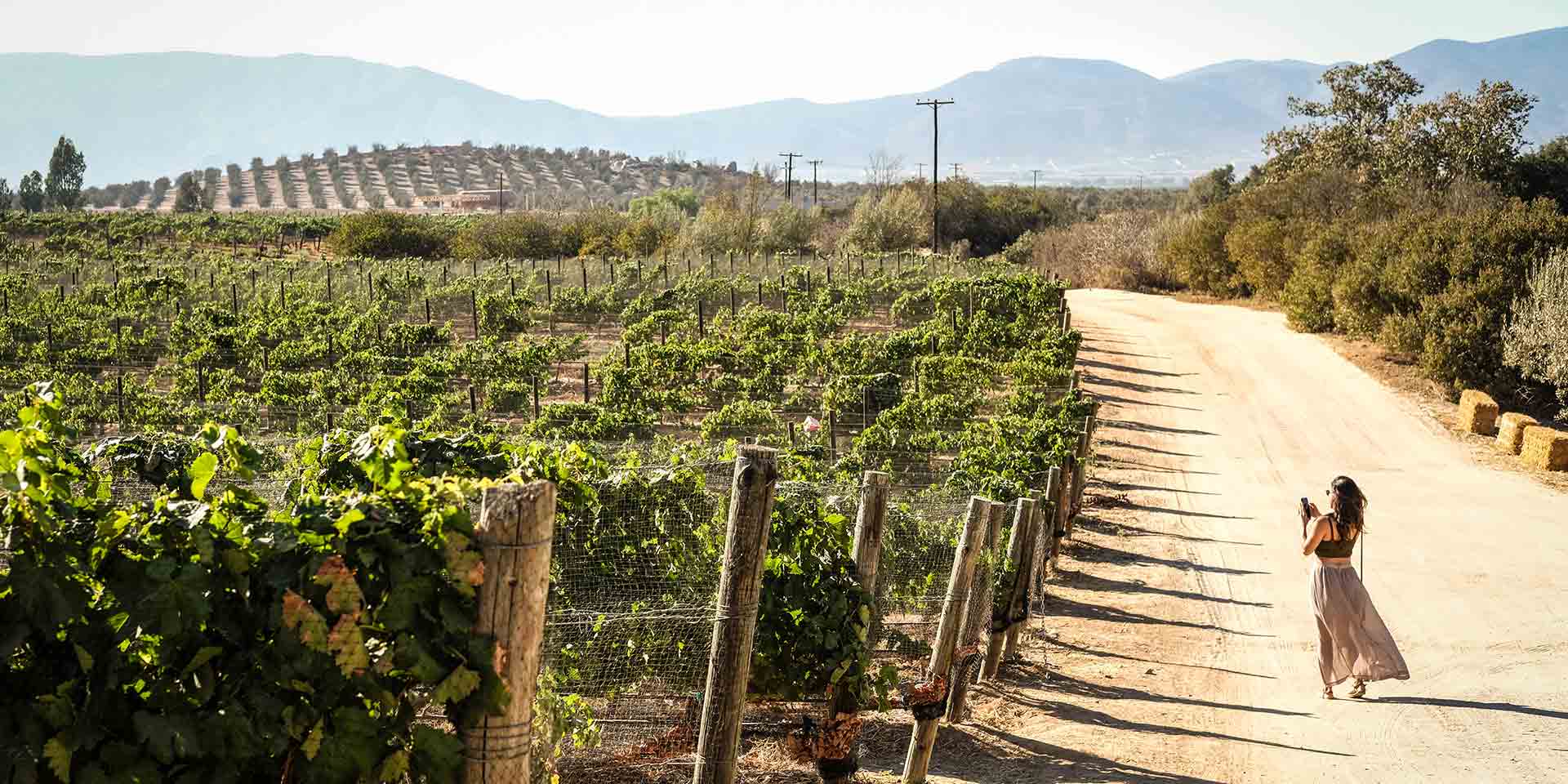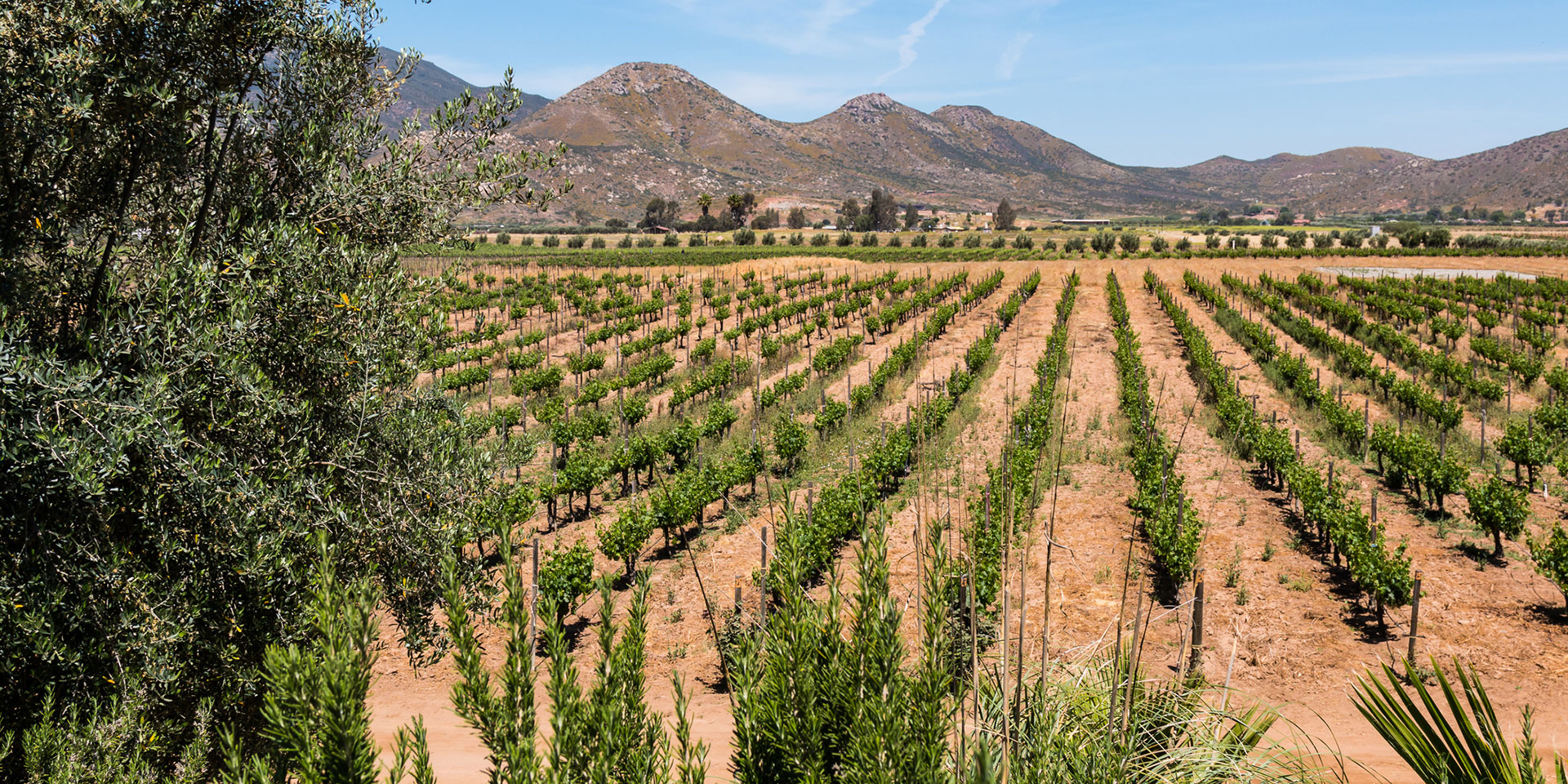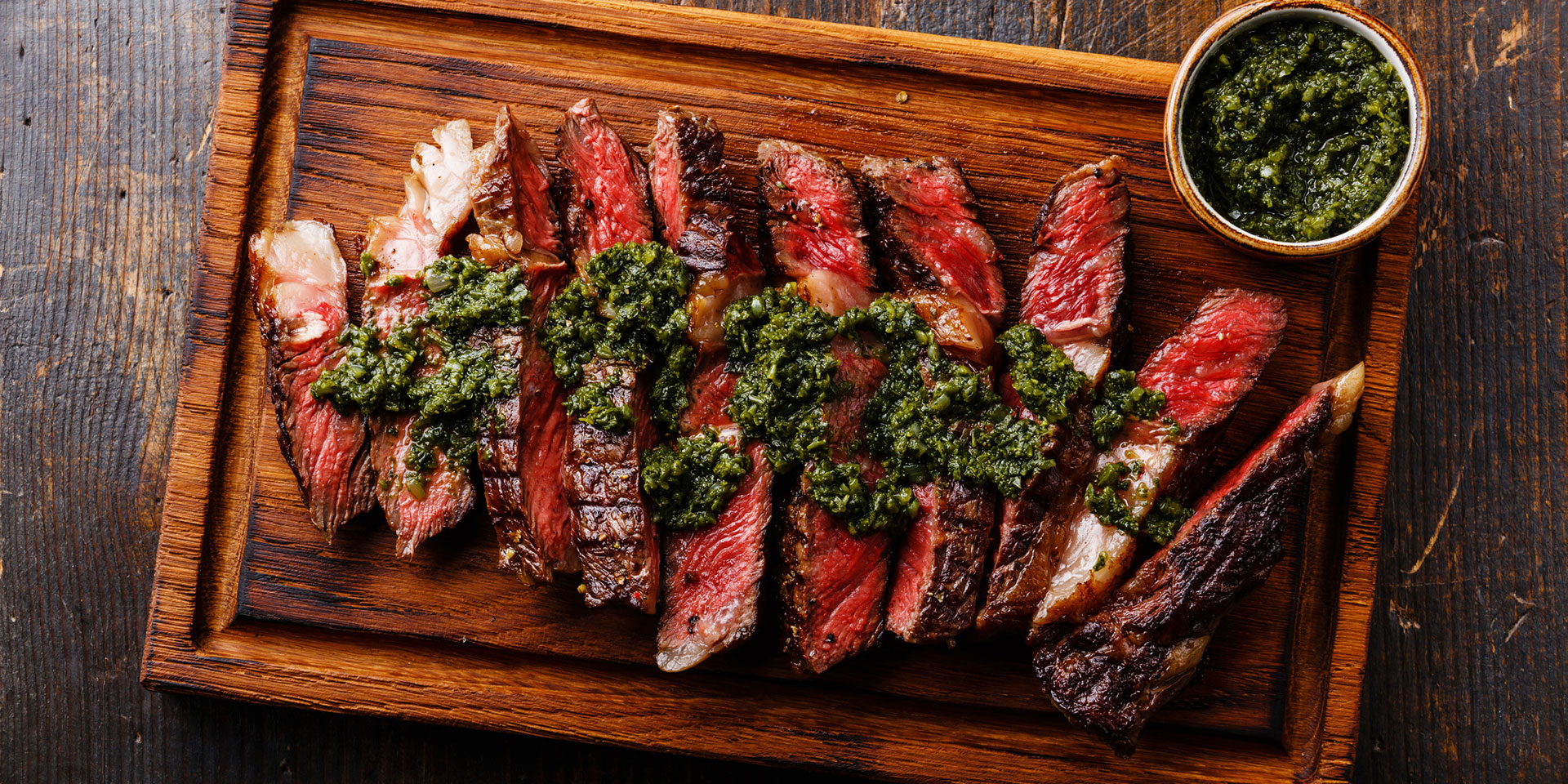
Valle de Guadalupe is a favorite destination for wine lovers. (Photo: Alamy)
Eat + DrinkIn Vino Veritas: Mexican Wine Is Here to Stay
By Paola Quintana Vera“In wine there is truth, in water there is health,” so goes the old Latin proverb in praise of this grape-based drink that has featured so prominently throughout history. Although France, Italy and Spain are the most famous wine producers, countries like Australia, Argentina and South Africa also make some excellent wines, and Mexico is no exception.
For some years now, Mexico has been establishing itself as an accomplished producer, and was actually the first country in the Americas to plant the common grape vine, brought to the continent by the Spanish conquistadors.
July and August are the best months to visit the vineyards, when the fiestas de la vendimia take place to celebrate the grapes being harvested and taken to the wineries to begin the wine making process. However, they are also open throughout the year for visitors to enjoy the tours and tastings on offer.
The Region Where 90 Percent of Mexico’s Wine Is Produced
Every year a million people visit the Ruta del Vino wine trail in the Valle de Guadalupe, 18 miles from Ensenada on the Baja California peninsula. With more than 70 wineries producing 90 percent of the country’s wine, it’s no wonder that this is a favorite destination for wine lovers.
One of the most iconic producers is Monte Xanic, which has been awarded more than 270 international medals, and was recognized in 2015 as one of the three best wineries in the world in the Wine Masters Challenge contest.
Producing more than 20 different wines, Gran Ricardo stands out from the crowd: a blended wine that’s left to stand in French oak barrels for 18 months before being bottled.

The Oldest Winery in the Americas
125 miles from Monterrey in the Valle de Parras you’ll find Casa Madero, the oldest winery in the Americas. It opened its doors in 1597, the year in which Felipe II allowed vineyards to be planted in New Spain for the production of wine and brandy.
Production hasn’t stopped since it began, and its cellars are open every day for tastings. The Gran Reserva Chardonnay comes highly recommended, made from the best grapes in the vineyard, hand-harvested at dawn to maximize the bouquet.
A Global Benchmark in Sparkling Wine
Another well-established producer is Freixenet México, subsidiary of a Catalan company that is a global benchmark in sparkling wine. Fina Sala Vivé, its headquarters, are located in Ezequiel Montes, Querétaro, very close to the Peña de Bernal, the third tallest monolith in the world. The vineyard also hosts tastings and themed festivals throughout the year.
High-Quality Wineries in the Heart of the Country
Located in Villa De Aristas, 40 minutes from the capital of San Luis Potosí, is Cava Quintanilla, a relatively new winery that opened its doors in 2011. Argentinian wine expert Fabricio Hernández is in charge of shaping the wines that are created here. Nicole, a 100% Nebbiolo rosé with a peachy bouquet, is the perfect introduction to his creations.

Right in the heart of Mexico lies Aguascalientes, home to the Santa Elena winery. At 5000 feet above sea level, cool nights and hot days make the terroir there ideal for grape planting and harvesting.
Guided tours last for approximately two and a half hours, and include a visit to the vineyards, the winery and a wine tasting session. Look out for Entrelíneas, a light Malbec, Nebbiolo and Syrah blend that’s perfect for occasional drinkers.
Also to be found in Mexico’s central region, in the state of Guanajuato, is Cuna de Tierra, a boutique bodega that is home to one white and six red wines.
The winery’s striking design was recognized at the Mexico City Architecture Biennial, and puts the land itself in the spotlight. There are lots of different experiences on offer here, including a six-course meal with wine pairing.
The Mexican wine industry creates employment opportunities and promotes tourism, which means that not only is the wine good for you, it’s good for the country too.







